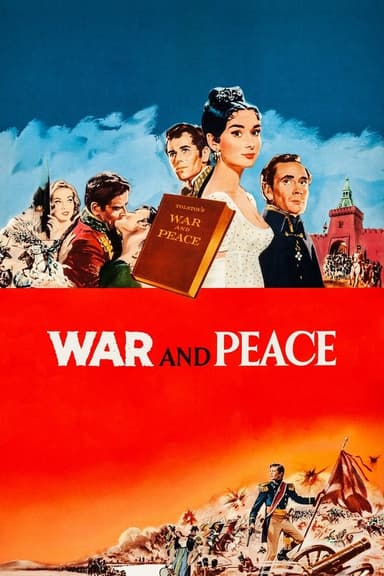
Gigi
1958 • Comedy, Romance • G
A home, a motorcar, servants, the latest fashions: the most eligible and most finicky bachelor in Paris offers them all to Gigi. But she, who's gone from girlish gawkishness to cultured glamour before our eyes, yearns for that wonderful something money can't buy.
Runtime: 1h 56m
Why you should read the novel
Dive into the original pages of Colette’s Gigi to fully experience the wit, depth, and subtle irony that only her prose can deliver. The novella presents a nuanced exploration of societal norms, family expectations, and the coming-of-age of a young woman in Belle Époque Paris, written with clarity and sophistication. Reading the book allows you to appreciate Colette’s unique voice and richly detailed characterizations, which no cinematic adaptation can entirely capture.
Adaptation differences
One of the main differences between the 1958 film adaptation and Colette's novella lies in the tone and intended audience. While the book explores the ambiguities and moral complexities of Gigi's transition from adolescence to adulthood, the film adopts a lighter, more sanitized approach, turning the story into a romantic musical fit for mainstream audiences. This results in a significant shift in the narrative emphasis and overall message of the work, sacrificing some of Colette’s nuanced social commentary for entertainment value.
Another key difference is found in the portrayal of the central characters, especially Gigi herself and her grandmother, Madame Alvarez. In the novella, Gigi is more resistant and questioning of the social norms imposed on her, and her grandmother’s guidance is portrayed as both pragmatic and loving, but tinged with realism about the world. The film, on the other hand, softens the characters’ edges, presenting them as more agreeable and less conflicted, which changes the dynamic of their interactions.
The romantic relationship between Gigi and Gaston is also depicted differently. Colette’s novella presents their progression with subtlety, focusing on Gigi’s agency and the complexities of her feelings. In contrast, the film emphasizes a more clear-cut, happily-ever-after romance, using song and spectacle to foster the sense of a fairy tale ending. This alters the depth of introspection and ambiguity that the original narrative explored regarding love, consent, and maturity.
Finally, the setting and atmosphere, deeply rooted in the Parisian elite’s social rituals in Colette's writing, are played up for glamour in the film adaptation, occasionally neglecting the critical lens through which the book examines these customs. Colette’s incisive observation is replaced by grand musical numbers and picturesque backdrops, giving viewers a different, less critical experience of the period’s opulent lifestyle.
Gigi inspired from
Gigi
by Colette








